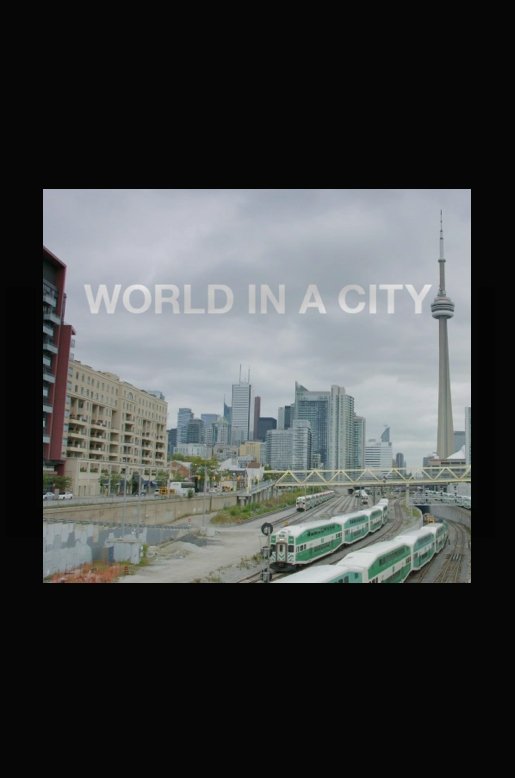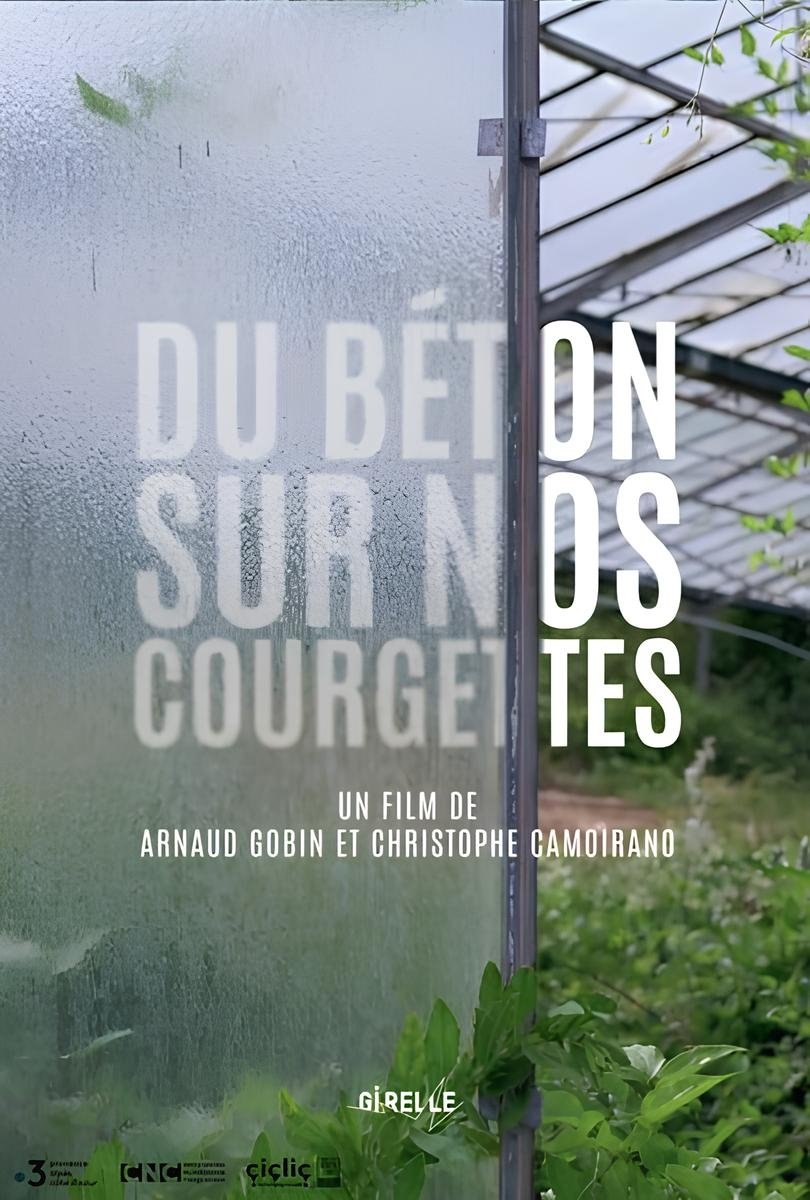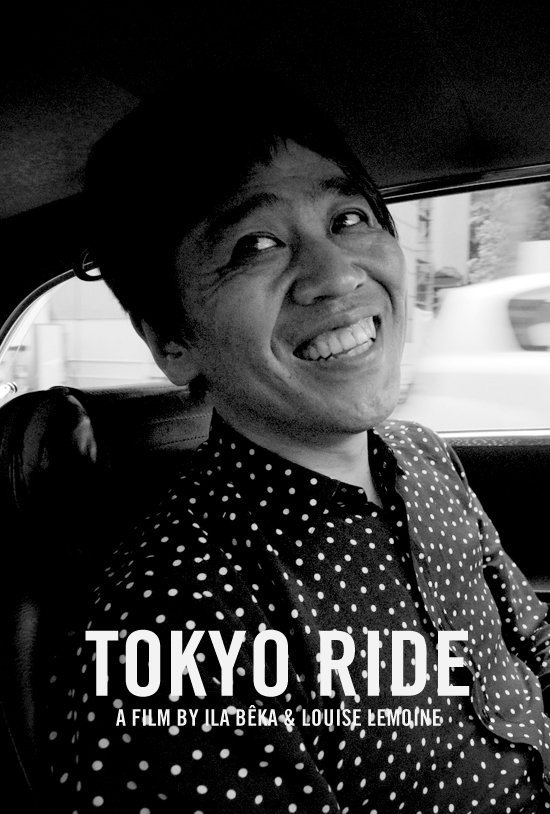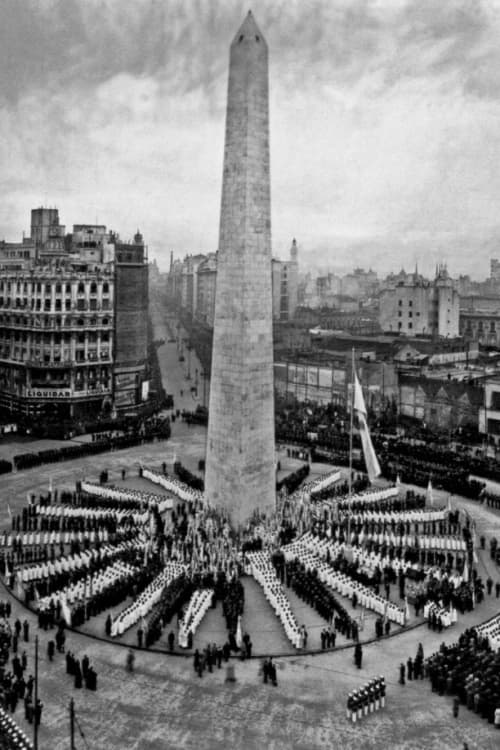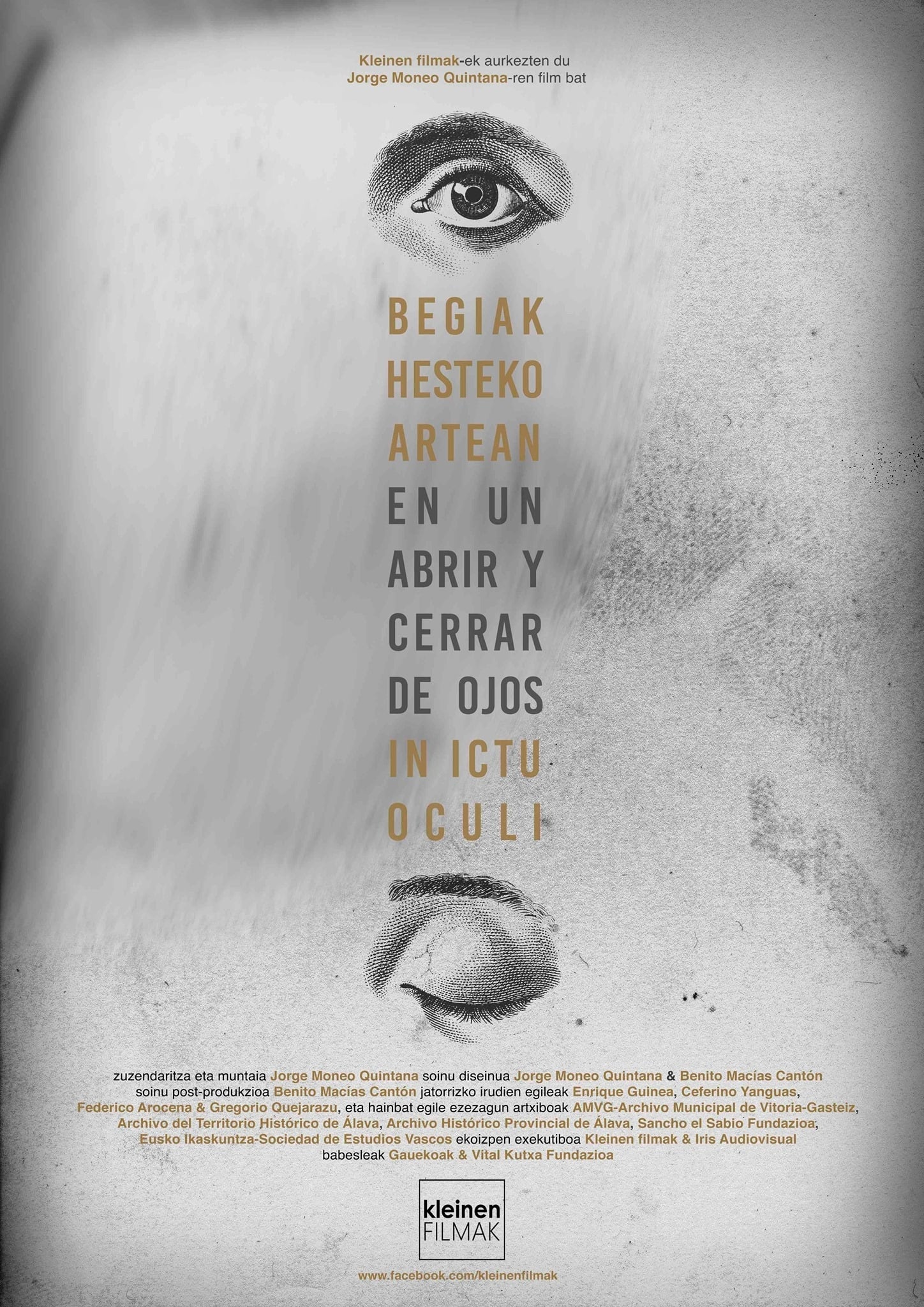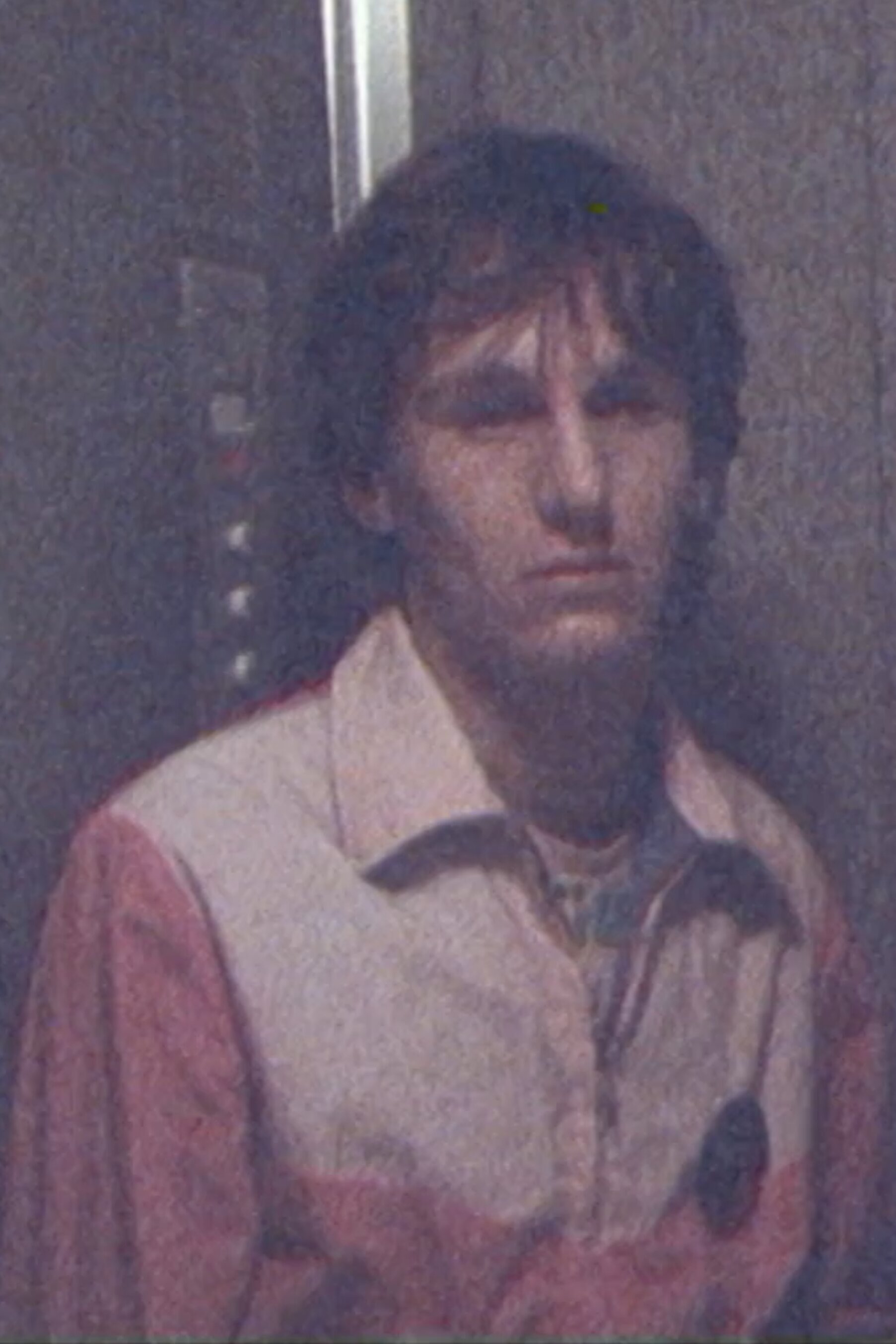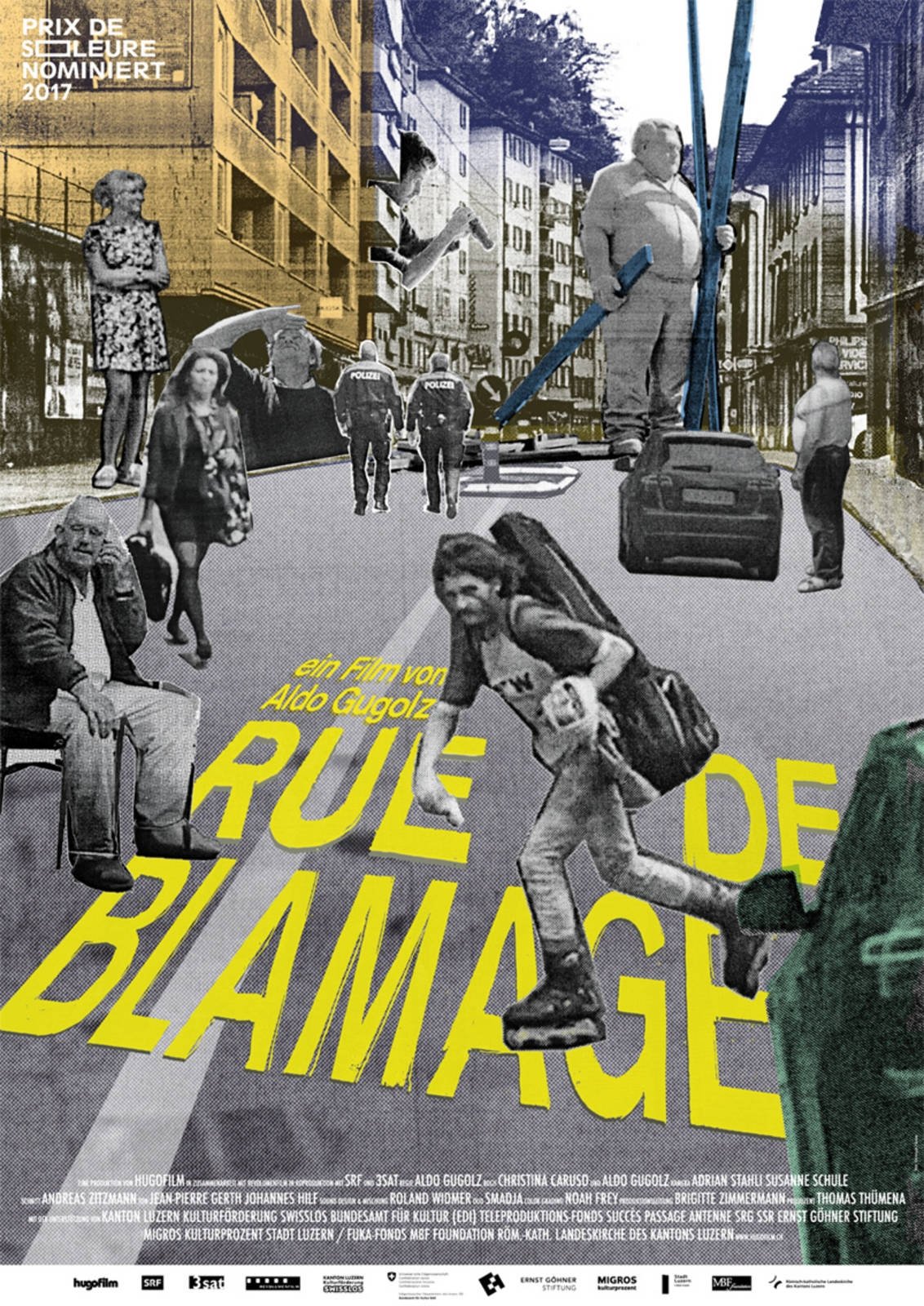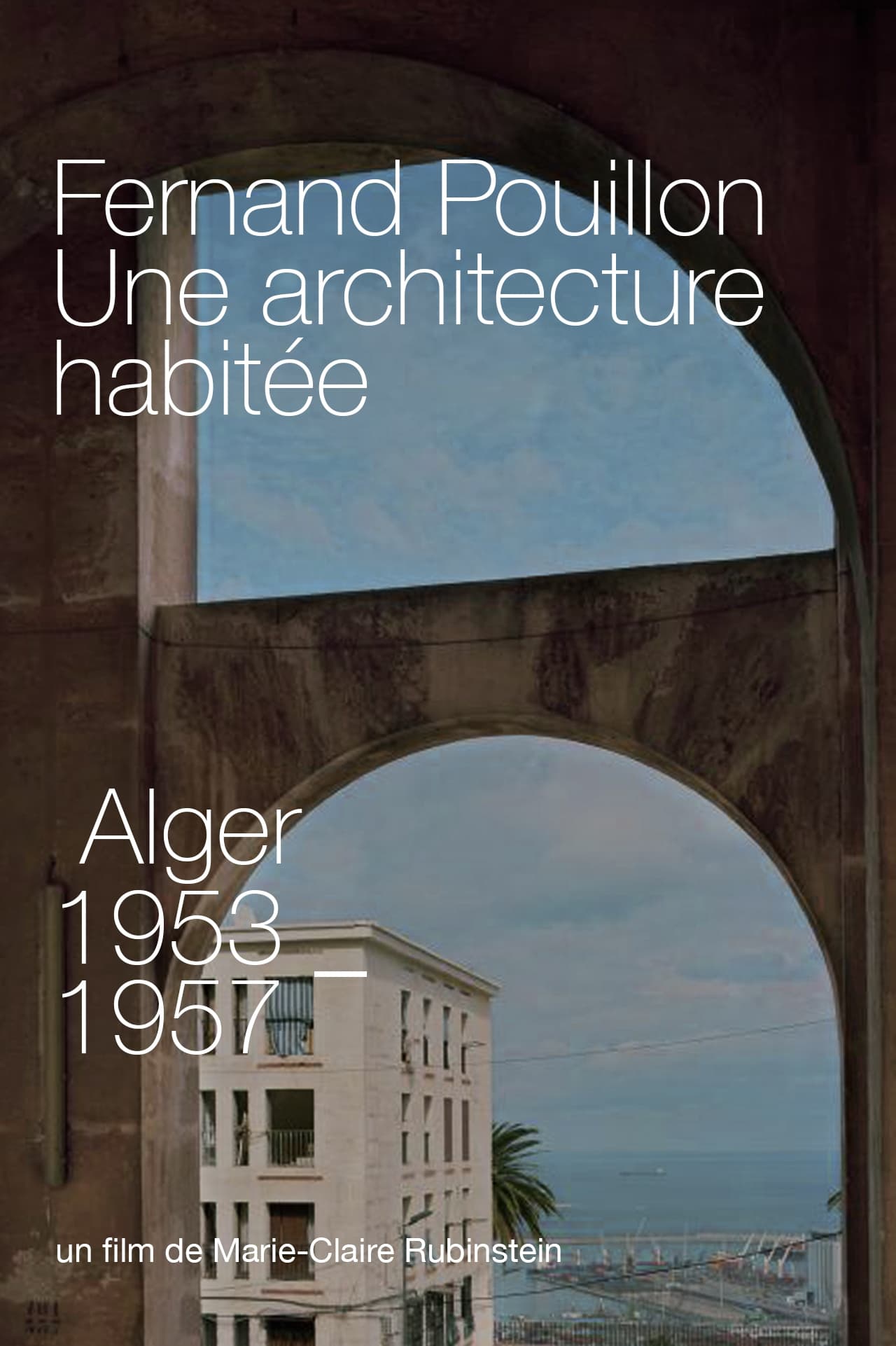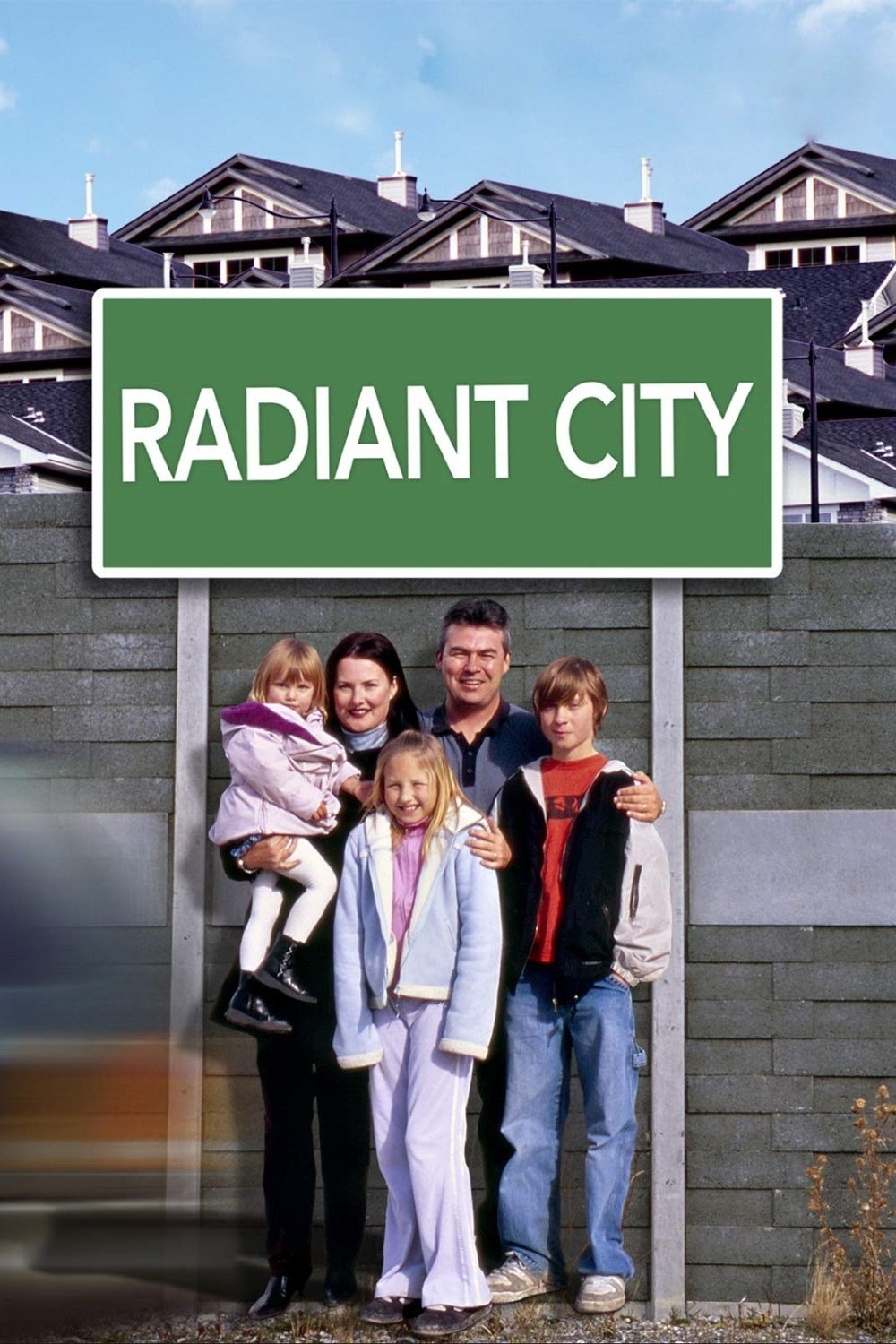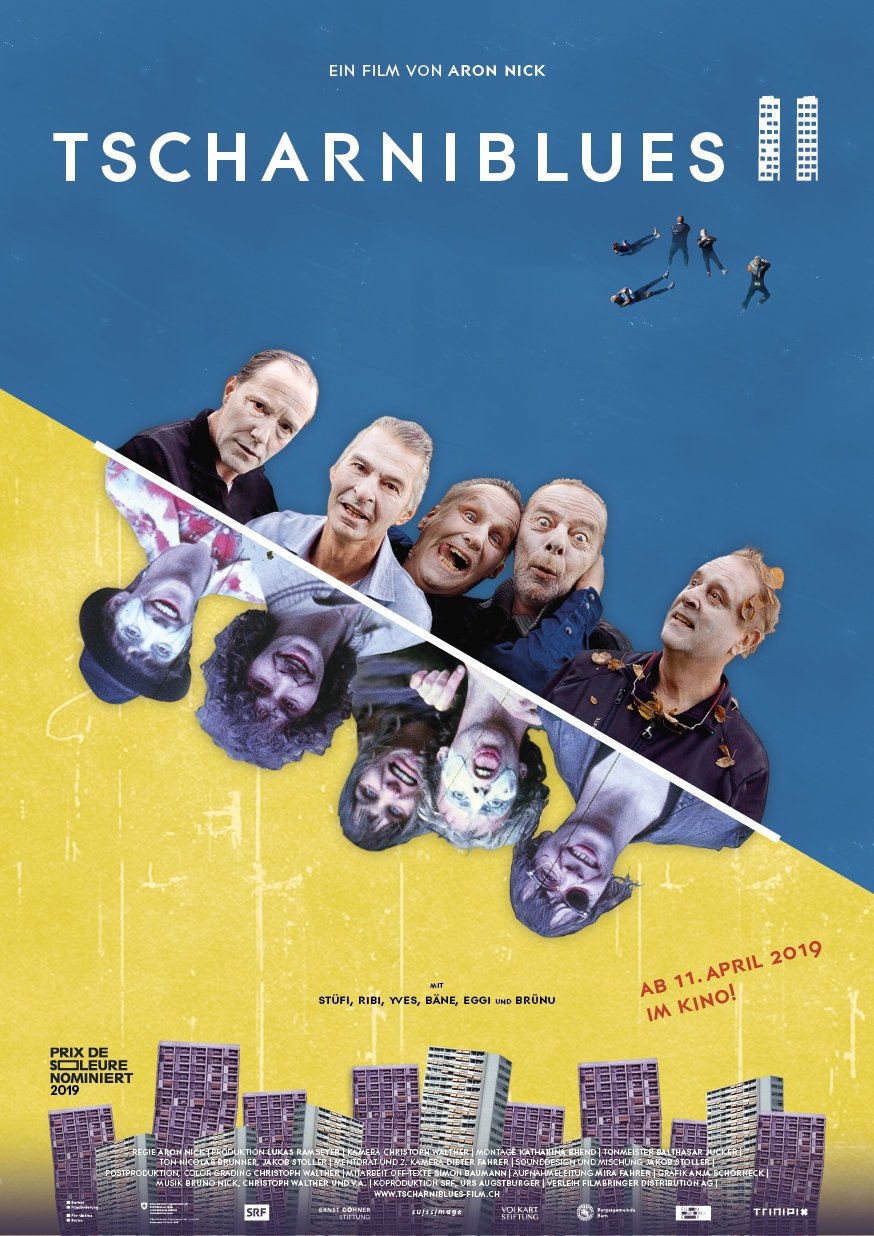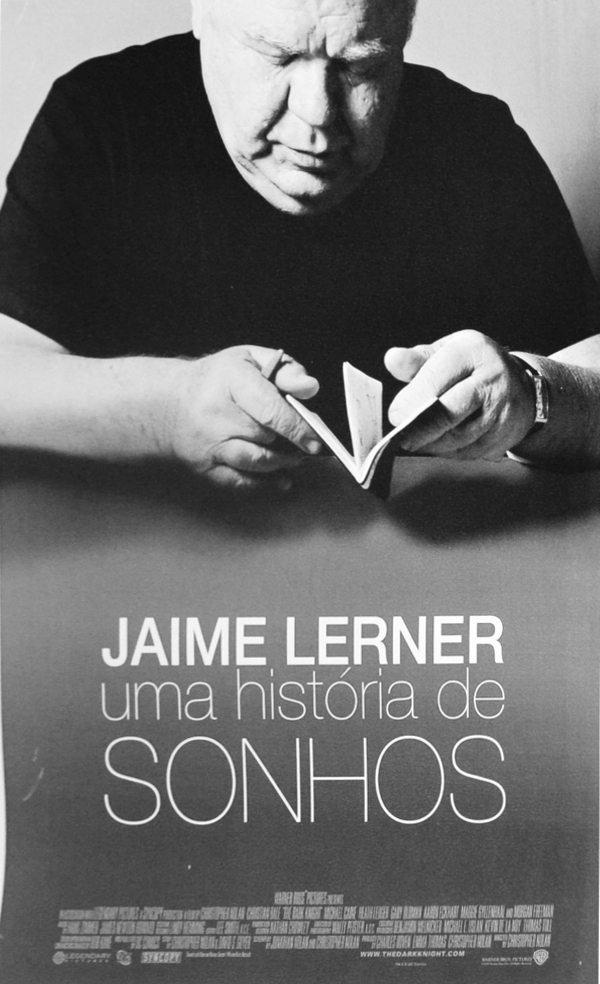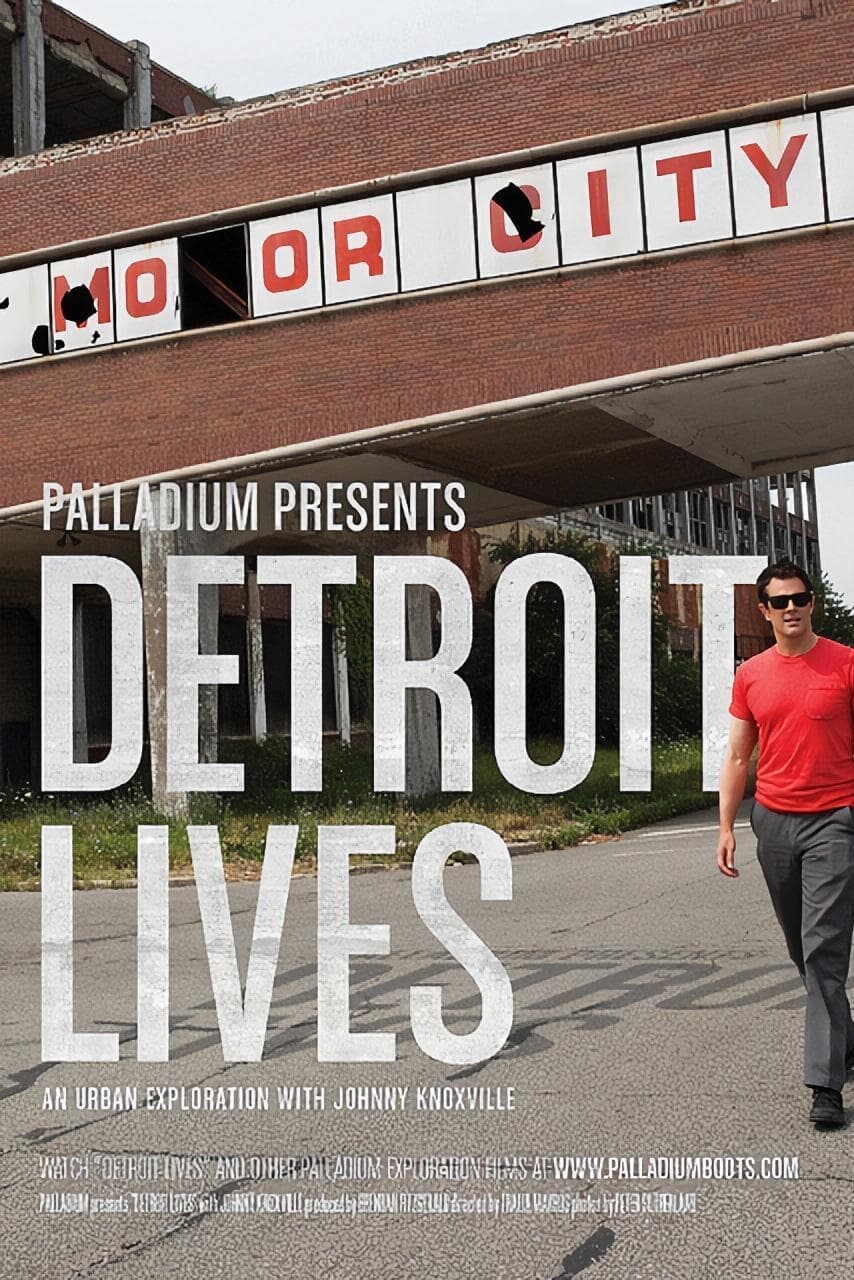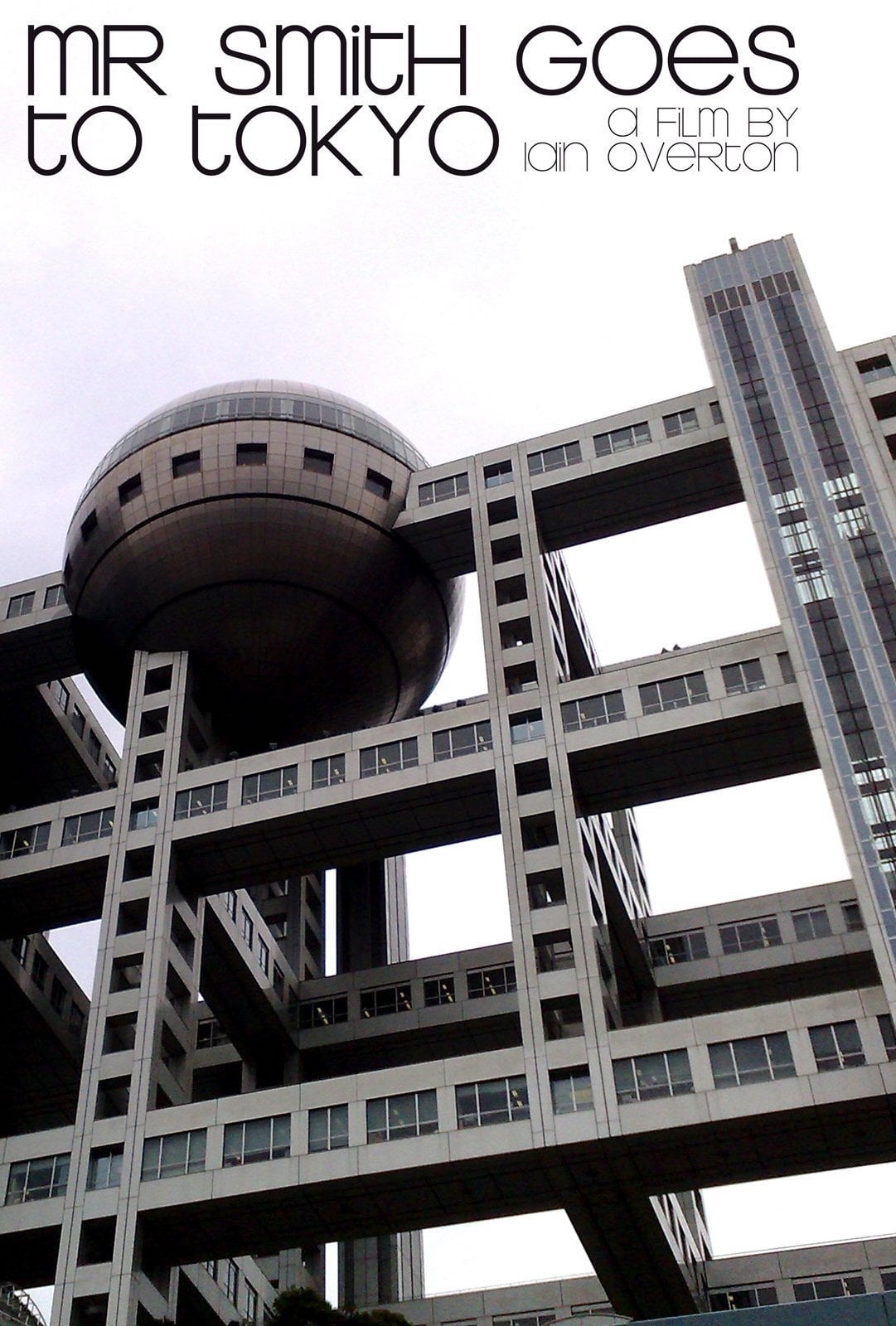The Downtown Project (2011)
Overview
Just a stone’s throw from downtown Montreal is the largest social housing complex in Quebec. Built in 1959 where the red-light district used to be, Les Habitations Jeanne-Mance have retained something of the area’s seedy reputation for poverty, prostitution, drugs and violence. But who really knows the projects and the people who live there? Delving beneath the prejudices and stereotypes, director Isabelle Longtin ventured inside the buildings and met the residents.
Production Companies

Additional Info
| Budget | $0.00 |
|---|---|
| Revenue | $0.00 |
| Original Language | en |
| Popularity | 0.028 |
Directed By
Isabelle Longtin
TOP CAST
Similar Movies
World In A City
World in a City is a portrait of Toronto and the steps Torontonians are taking to create a society that welcomes and encourages new immigrants to flourish
A Short History of the Highrise
“A Short History of the Highrise” is an interactive documentary that explores the 2,500-year global history of vertical living and issues of social equality in an increasingly urbanized world. The centerpiece of the project is four short films. The first three (“Mud,” “Concrete” and “Glass”) draw on The New York Times's extraordinary visual archives, a repository of millions of photographs that have largely been unseen in decades. Each film is intended to evoke a chapter in a storybook, with rhyming narration and photographs brought to life with intricate animation. The fourth chapter (“Home”) comprises images submitted by the public. The interactive experience incorporates the films and, like a visual accordion, allows viewers to dig deeper into the project’s themes with additional archival materials, text and microgames.
Tokyo Ride
Revisiting the genre of the road movie in a very diaristic and personal way, the film takes us on board architect Ryue Nishizawa’s vintage Alfa Romeo (Giulia) for a day long wandering in the streets of Tokyo.
A Capital Plan
This short documentary features a portrait of Ottawa in the mid-20th century, as the nascent Canadian capital grew with force but without direction. Street congestion, air pollution, and rail traffic were all the negative results of a city that had grown without being properly planned. French architect and urban designer Jacques Gréber stepped in to create a far-sighted plan for the future development of Ottawa. With tracks moved, factories relocated, and neighbourhoods redesigned as separate communities, Ottawa became the capital city of true beauty and dignity we know today.
Bedford-Stuyvesant Beautiful
Produced in 2004, Inspired by the book, Glory In A Snapshot A Photographic Look at Bedford-Stuyvesant, Bedford-Stuyvesant Beautiful is a video that gives you an insight into life in this historic community.
This is How the Obelisk Was Born
The construction of the Obelisco in Buenos Aires, Argentina.
In Ictu Oculi
The six-decade transformation of a block of houses, shown by means of artfully featured archival shots, highlights the beauty and sadness of human-made decay. In the blink of an eye 66 years pass by and a savings bank replaces a church.
Dr Tscharniblues
Bern, 1979: a tower block called Tscharnergut. A group of friends get together to make a film about their experiences growing up in suburban Switzerland.
Rabble Rousers: Frances Goldin and the Fight for Cooper Square
In 1959 New York City announced a "slum clearance plan" by Robert Moses that would displace 2,400 working class and immigrant families, and dozens of businesses, from the Cooper Square section of Manhattan's Lower East Side. Guided by the belief that urban renewal should benefit - not displace - residents, Frances Goldin and her neighbors formed the Cooper Square Committee and launched a campaign to save the neighborhood. Over five decades they fought politicians, developers, white flight, government abandonment, blight, violence, arson, drugs, and gentrification - cyclical forces that have destroyed so many working class neighborhoods across the US. Through tenacious organizing and hundreds of community meetings, they not only held their ground but also developed a vision of community control. Fifty three years later, they established the state's first community land trust - a diverse, permanently affordable neighborhood in the heart of the "real estate capital of the world."
Rue de Blamage
The Baselstrasse is a street in Lucerne. People call it "Rue de Blamage" – it's a noisy street tucked into a narrow space between a hill and a train track. The people who live here don't usually mingle with the rich and famous, but even the roughest haunt can be a home to those who live and work there – and Baselstrasse's two kilometers of asphalt are no different.
Fernand Pouillon, Une architecture habitée
In this documentary, Marie-Claire Rubinstein reveals to us, through the testimonies of the inhabitants who live there, the architectural achievements of the French urban planner Fernand Pouillon in Algiers. In particular the vast complexes of hundreds of social housing units, including the most famous Diar E Saâd (1953), Diar El Mahçoul (1954) and Climat de France (1957). The historical context, during the war of independence is related by the historian Benjamin Stora and Nadir Boumaza. This documentary also evokes the personality of Fernand Pouillon in a post-colonial context.
The Beginning of Life 2: Outside
Genuine connections between children and nature can revolutionize our future. But is this discovery still possible in the world's major urban centers? The new chapter of "The Beginning of Life" reveals the transformative power of this concept.
Radiant City
Since the end of World War II, one of kind of urban residential development has dominate how cities in North America have grown, the suburbs. In these artificial neighborhoods, there is a sense of careless sprawl in an car dominated culture that ineffectually tries to create the more organically grown older communities. Interspersed with the comments of various experts about the nature of suburbia
Tscharniblues II
Bern, 1979: a tower block called Tscharnergut. Together with a few friends (among them famous Swiss actor Stefan Kurt), director Aron Nick's father and uncle shoot the idealistic Super 8 film "Dr Tscharniblues" ("The Tscharni Blues") – a wild, unvarnished self-portrait of their generation. 40 years later, Nick gathers the friends at Tscharnergut and asks what has happened to them and their ideals in the meantime. What have the achieved? What have they lost? Past, present, and future clash and form a journey of personal disappointments, hopes, and a collective search for identity. In "Tscharniblues II," Aron Nick discovers a kind of friendship that can weather anything.
Smudge
This short documentary follows three Indigenous women as they practice ancestral forms of worship: drumming, singing, and using sweetgrass. These ancient spiritual traditions may at first seem at odds with urban life, but to Indigenous people in Canada who are used to praying in natural settings, the whole world is sacred space.
Detroit Lives
Before its economic decline, Detroit was a major metropolis. Now, in the 2000s, the young people of the Motor City are making it their own DIY paradise where rules are second to passion and creativity. Johnny Knoxville tours the city to meet some of the people who are creating a new Detroit on their own terms, against real adversity.
Mr. Smith Goes to Tokyo
When Tomoko finds some messages for a 'Mr Smith' on a lost mobile phone, she finds herself on an 'Alice in Wonderland' journey through Tokyo's boulevards and back alleys. From the tyranny of symmetry in soaring office blocks - to buildings that look like space-ships, this creative documentary shows us the city's soul.
